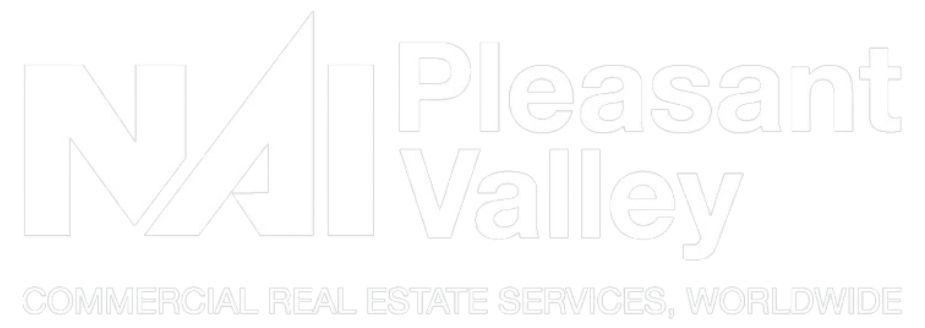What’s happening in … Panama City?

Nestled on Panama’s Pacific coast, Panama City is a bustling commercial hub that houses the regional headquarters of multinational giants like Caterpillar, Dell, BMW, and Philips. The city combines an eclectic mix of towering high rises, commerce districts and old, colonial areas like the charming Casco Viejo.
An international trade hub
Progressive tax laws and the ease of setting up a business in the country have contributed to robust growth. The country is a top economic performer in Latin America and holds a unique position of global trade importance due to the presence of the recently-expanded Panama Canal and the world’s second-largest free trade zone.
Panama has therefore established itself as a trade and logistics hub, with a lot of the resultant economic activity concentrated in, or near, Panama City. Thanks to this focus on a services-based economy, Panama also attracts large amounts of foreign direct investment (FDI), leading the Central American region in 2019 with $4.835 billion claimed.
The flip-side of having an economy rooted in world trade and foreign investment is that the pandemic hit Panama particularly hard. The country recorded a 17.9% GDP contraction in 2020.
CRE crunch through the pandemic
Due to the hard lockdown measures implemented from March 2020, real estate sales in Panama City came to a halt. As in many other cities, industries like tourism also took a hefty hit, and the retail sector faced challenges as the hard lockdown extended into June.
For Panama City’s office market, the pandemic came at a particularly inopportune moment, hot on the heels of an oversupply phase in 2019. The boom in office construction was the result of a period of sustained growth during 2013-2015, which saw a large amount of development undertaken in subsequent years.
At the end of 2020, the office property sector recorded a vacancy rate of 24.2%, with increasing competition between rentals. This includes Class A and A+ offices, which showed a 25.7% to 26.5% increase in vacancies quarter-on-quarter by Q4 2020.
Similarly, in the first quarter of 2021, general property prices in the city have dropped, following a 10-15% drop-off in rents in 2020.
A strong recovery expected
Despite the hard impact of the pandemic, the overall investment sentiment in 2021 is positive. Early in the year, Panama gained a vote of confidence with the extension of a $2.7 billion precautionary credit line by the International Monetary Fund (IMF).
The city has also resumed key development projects, like a twin cruise ship pier that will open up new tourism opportunities to bolster the local economy. And as far back as May 2020, Forbes listed Panama City as a strong contender for an investment with a short-term horizon, even in the midst of the pandemic downturn.
Charting a course
This strength is reflected in the extensive measures being taken by the Panamian government to encourage investment and build confidence.
According to President Laurentino Cortizo: “We have an economic recovery plan that has five pillars. We cannot talk about economic recovery if we do not have a good vaccination strategy […] that’s the base of that. We do have programs for small, medium-sized enterprises. We have infrastructure projects that generate quite a lot of employment. We have also […] some resources for our financial sector, and the bigger economic activities, for example construction. And the last one […] is related to the attraction of foreign direct investment.”
The reopening of international travel in October 2020 also saw an influx of FDI, as buyers jumped at the lower prices on offer in the Panama marketplace. Property tax exemptions and the opportunity to obtain resident status through real estate investment are additional contributing factors to the country, and Panama City’s, appeal.
Click here for the details of NAI Global’s regional partner in Panama.
